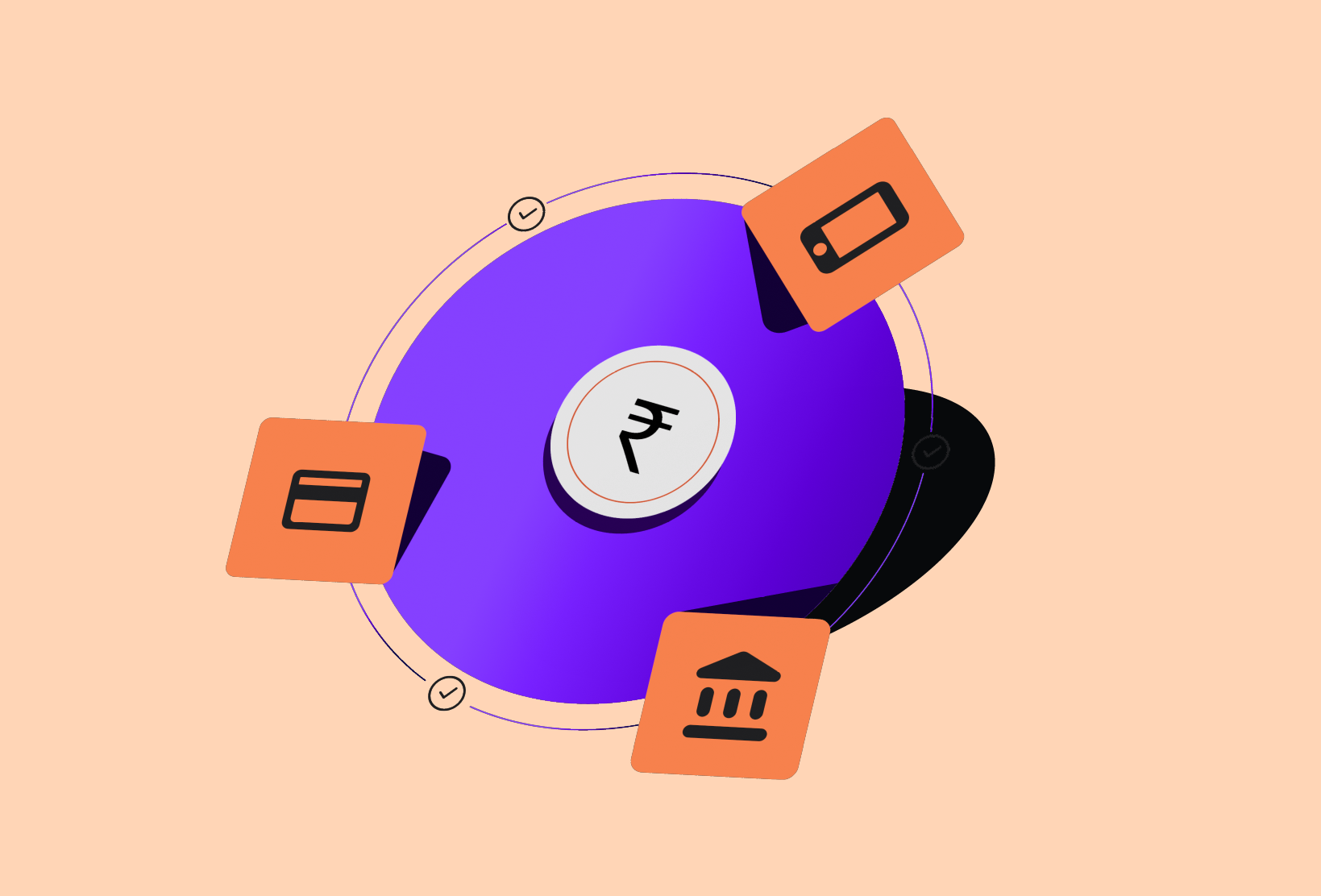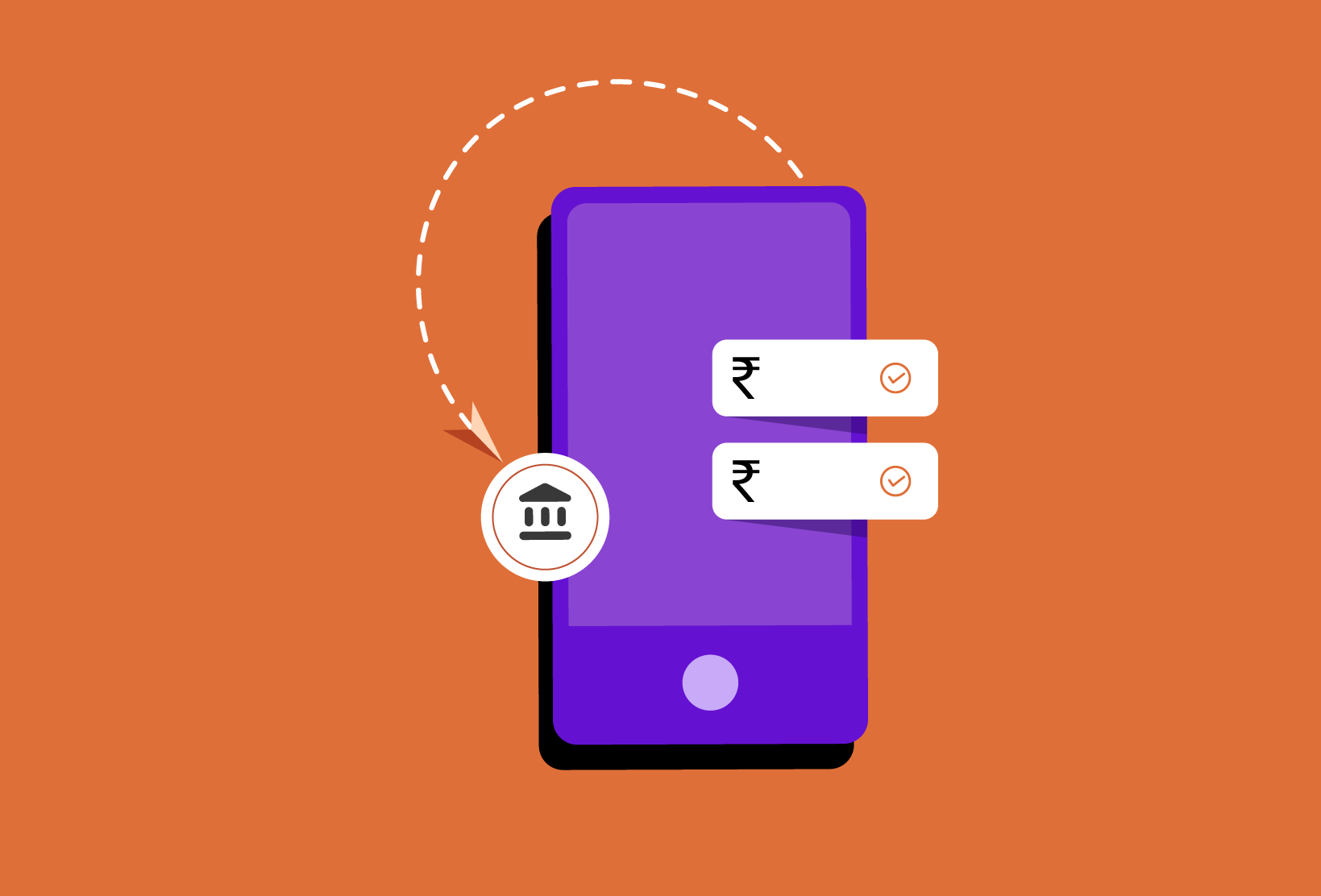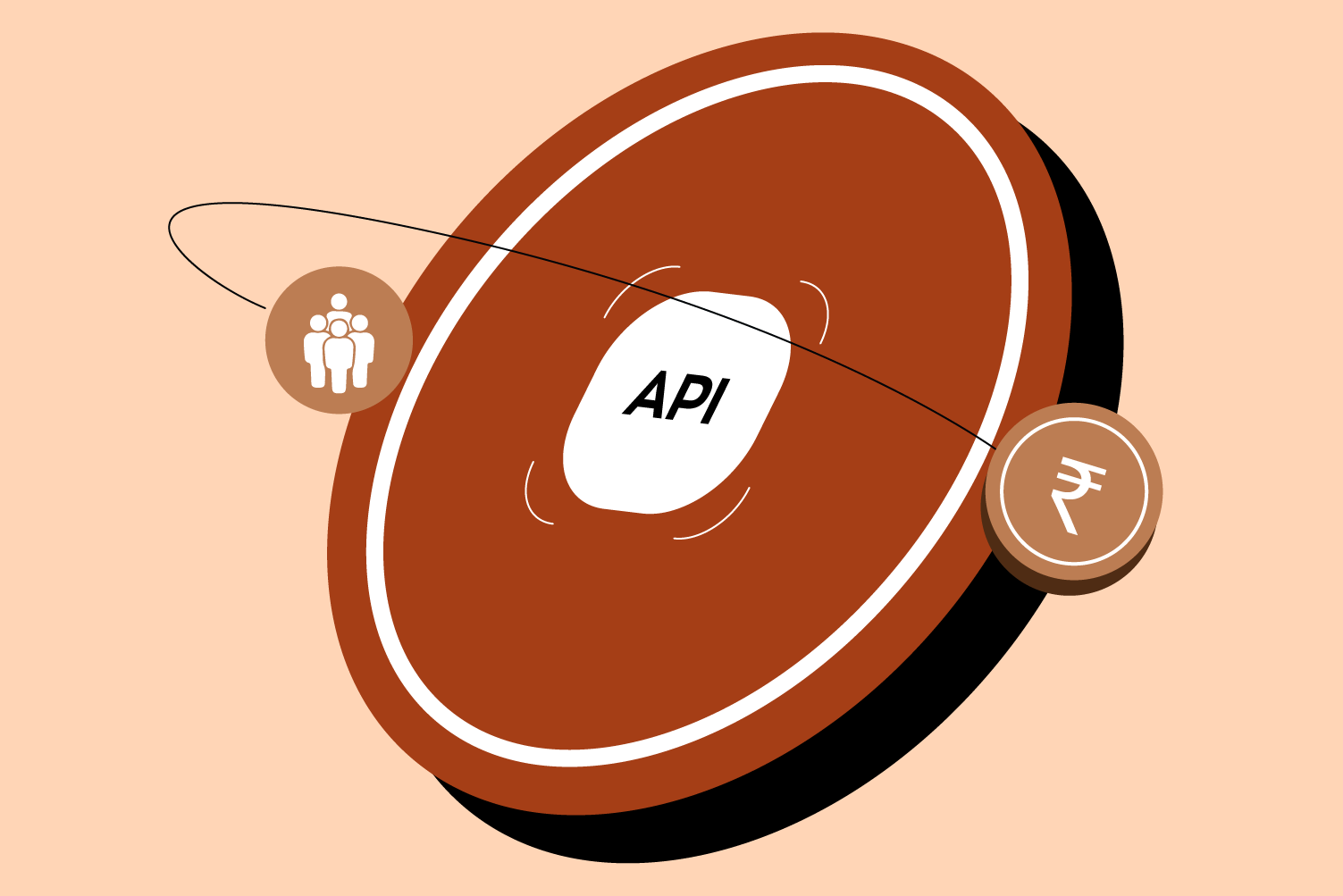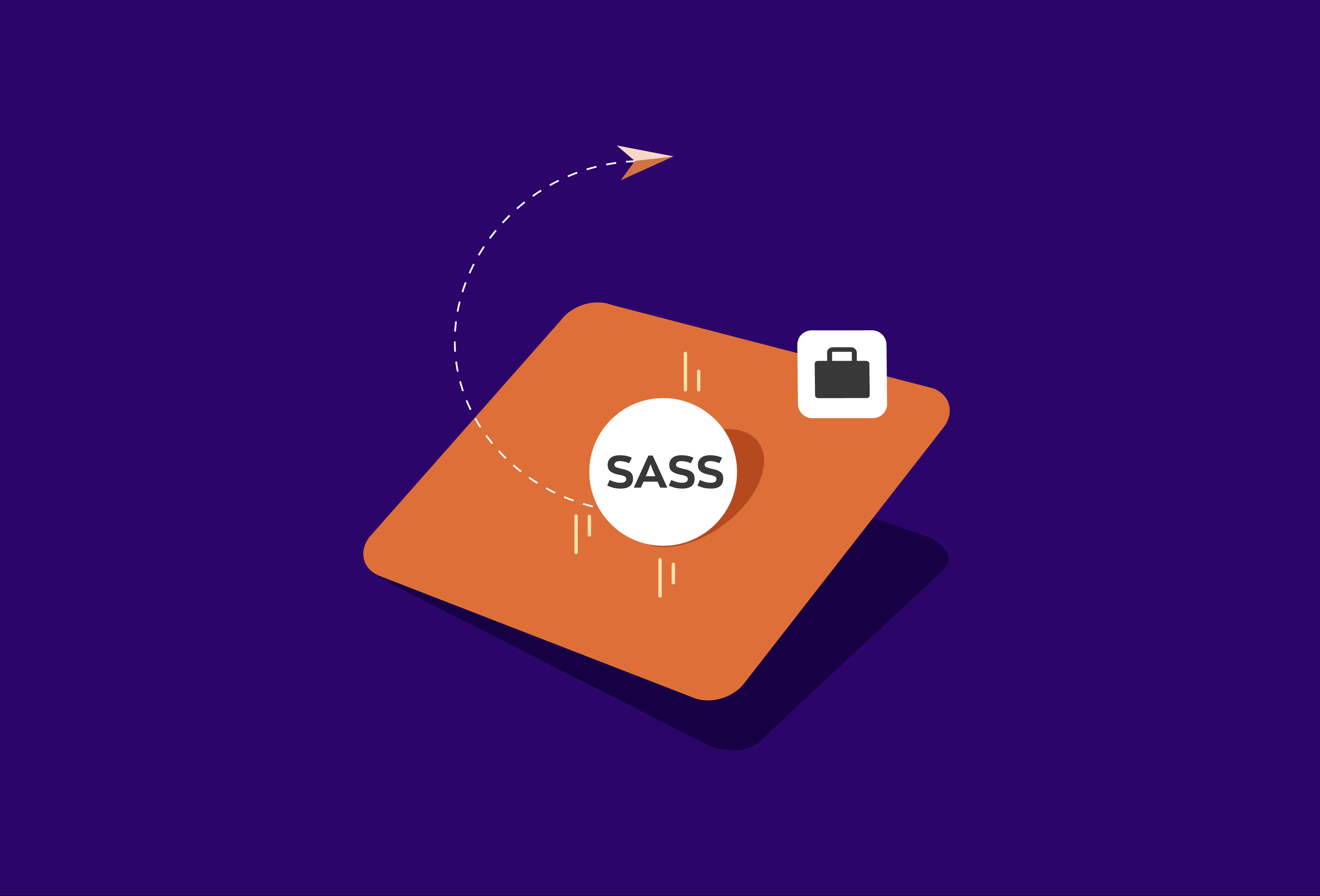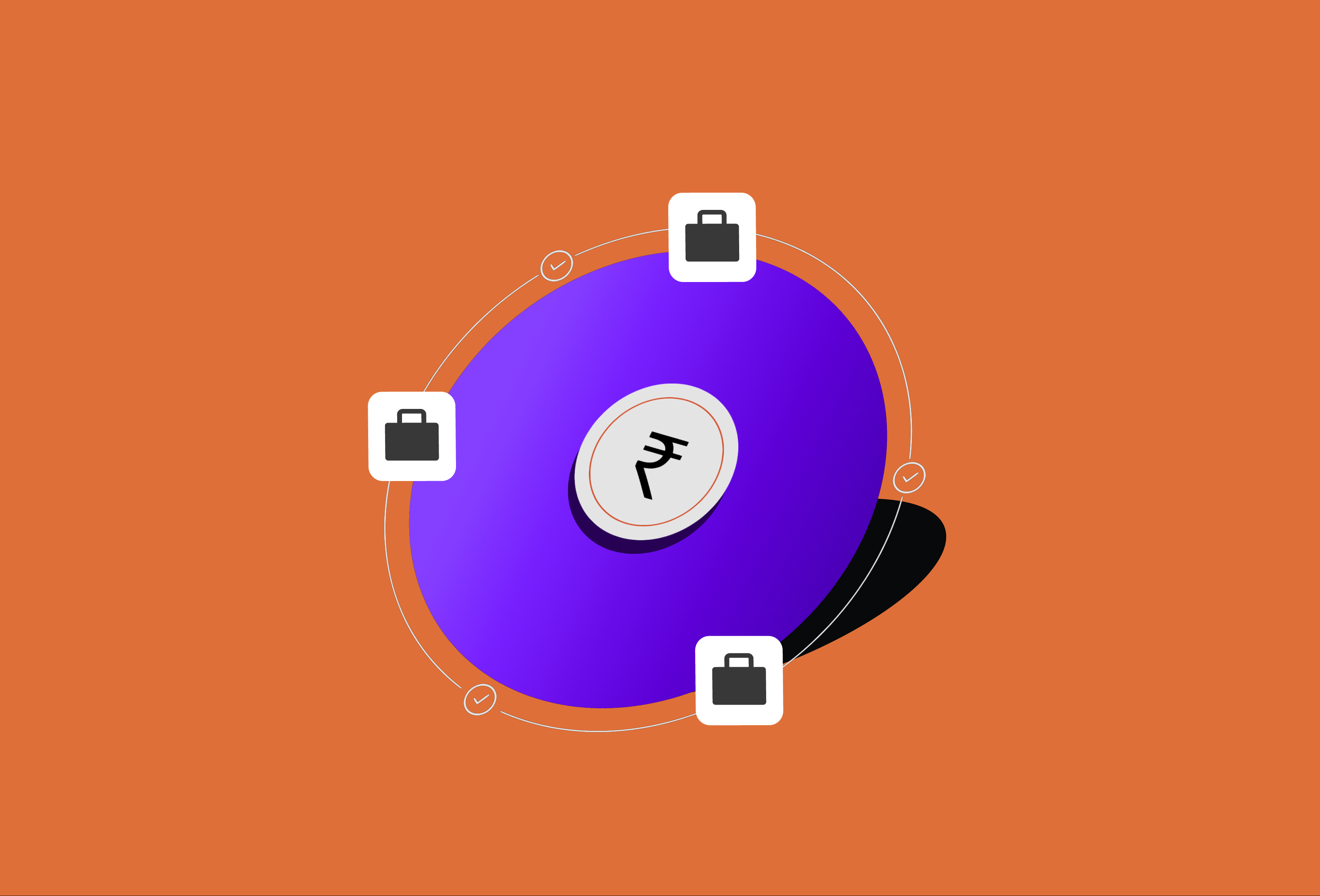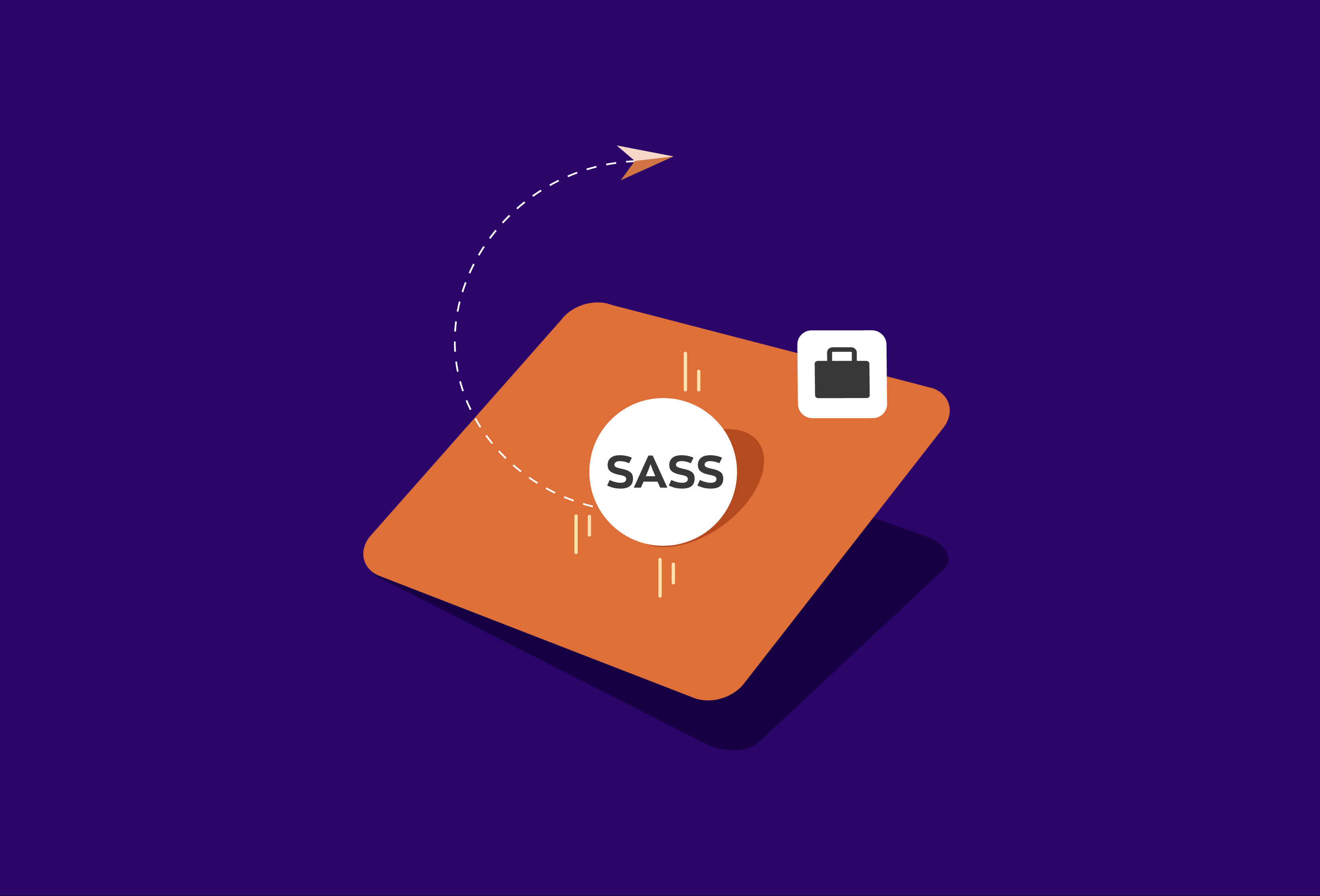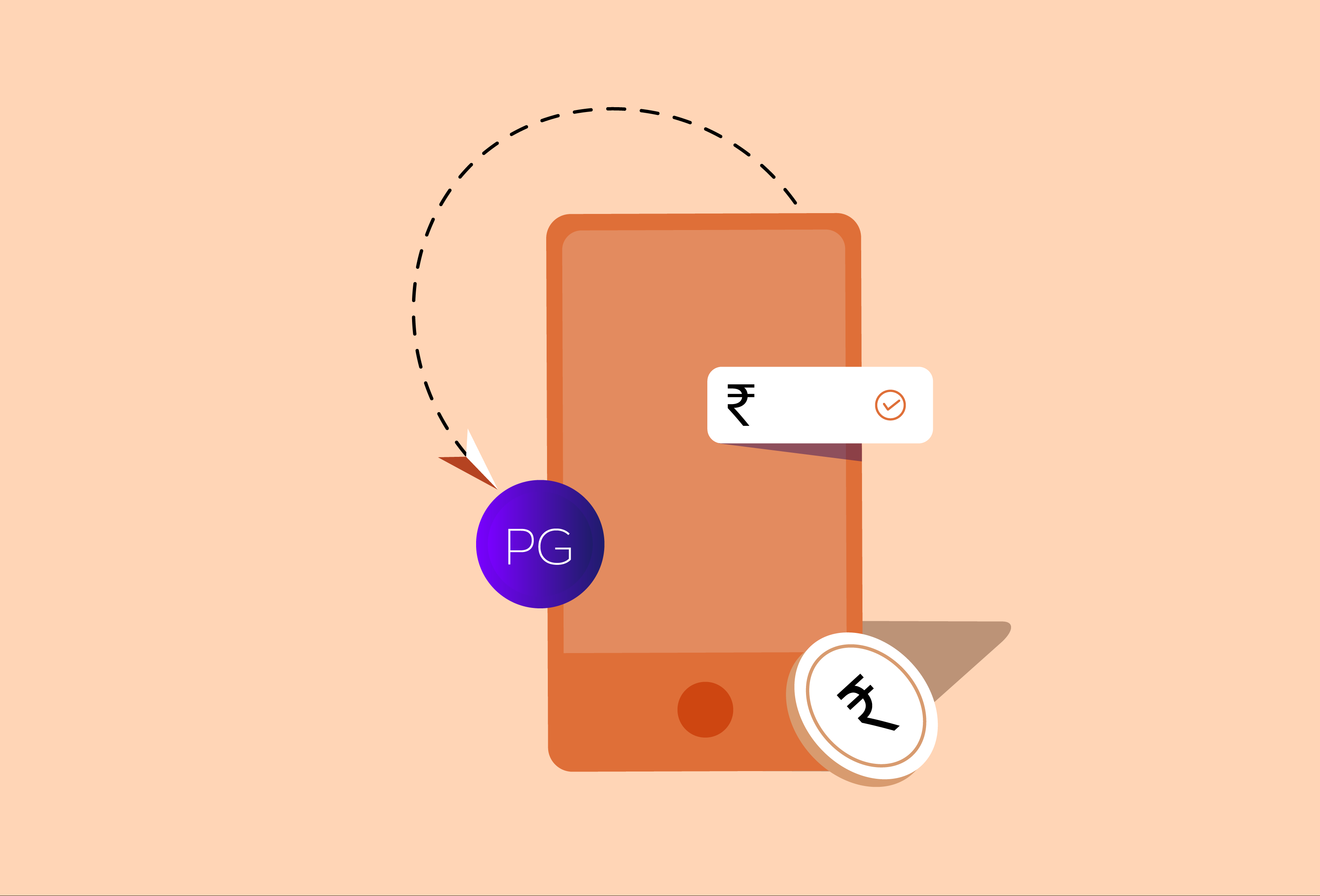As a business owner in the digital age, you know that a steady stream of recurring revenue is the lifeblood of a sustainable business. Whether you’re running a SaaS platform, a subscription box service, or an online coaching program, your monthly recurring revenue (MRR) is what keeps the lights on.
But what happens when that stream gets blocked?
The answer is churn. Specifically, involuntary churn, which happens when a customer unintentionally stops using your service, often because of a failed payment. Research shows that a significant portion of customer churn is a direct result of payment failure and customer churn. Customers aren’t leaving because they’re unhappy with your product; they’re leaving because their credit card expired, their bank had a temporary issue, or there wasn’t enough money in their account.
The good news is that this kind of churn is entirely preventable. By being proactive and implementing the right strategies, you can minimize payment failures, recover failed recurring payments, and significantly improve your customer retention.
In this blog, we’ll dive deep into how to reduce churn rate in SaaS by tackling the common pain points of recurring payments. We’ll share actionable insights and practical tips that Indian business owners can implement to build a more resilient and customer-friendly payment system.
The Two Faces of Churn: Voluntary vs. Involuntary
Before we get to the solutions, let’s understand the problem. Churn typically falls into two categories:
- Voluntary Churn: This is when a customer actively decides to cancel their subscription. It could be because they’re not getting enough value, they found a cheaper alternative, or they no longer need the service. This kind of churn is a signal that you need to improve your product, pricing, or customer experience.
- Involuntary Churn: This is the silent killer of recurring revenue. It happens when a customer’s subscription is canceled due to a payment-related issue, even though they intended to continue using your service. It’s frustrating for both you and your customer.
While voluntary churn requires a deeper look into your product-market fit, involuntary churn is a technical and operational challenge that you can solve with the right tools and processes.
Why Do Payments Fail in the First Place?
Think of it like this: your customer, a busy entrepreneur named Rohan from Bengaluru, loves your project management software. He’s been a loyal user for over a year. But this month, his recurring payment fails. Why?
The reasons are often simple and surprisingly common:
- Expired or Invalid Card: This is the most frequent culprit. Rohan’s credit card expired, and he forgot to update the details.
- Insufficient Funds: The payment was attempted on the 1st of the month, but Rohan’s salary hasn’t been credited yet.
- Bank Declines: Sometimes, the issuing bank declines the transaction due to a technical glitch, a fraud flag, or a daily transaction limit.
- Network or Gateway Issues: A temporary outage or a slow connection between the bank and the payment gateway can cause a transaction to fail.
The key to preventing churn isn’t just about fixing the payment after it fails; it’s about anticipating these issues and creating a system that handles them seamlessly.
3 Core Strategies to Reduce Involuntary Churn
Ready to turn those failed payments into successful transactions? Here are three strategies that every Indian business should implement.
1. Master the Art of Payment Recovery (Dunning Management)
Dunning is the process of reminding customers about failed payments and collecting them. But in today’s market, it’s not about being aggressive; it’s about being smart and customer-centric.
- Implement a Smart Payment Retry Logic: Don’t just give up after the first failed attempt. A smart system will automatically retry the payment at optimized times. For instance, if a payment fails due to insufficient funds at 12 AM, a smart system would wait for a few hours and try again, perhaps at 11 AM, when Rohan is likely to have funds available. A good payment solution should offer an automated retry mechanism that can be customized to your needs.
- Offer Multiple Payment Options: In India, customers use a variety of payment methods—UPI, Net Banking, digital wallets, credit/debit cards, etc. If a card payment fails, having other options available can save the day. A smart payment recovery system can send a personalized link that allows your customer to pay using an alternative method, like UPI, with just a few clicks.
Pro Tip: Don’t treat all declines the same. “Soft declines” (like insufficient funds) are often temporary, while “hard declines” (like a closed account) are permanent. Your payment retry logic should be tailored to the specific reason for the decline.
2. Proactive and Empathetic Customer Communication
This is where you build trust and show your customers that you care. The way you communicate about a failed payment can be the difference between a recovered customer and a lost one.
- Send Timely and Clear Notifications: When a payment fails, send an immediate, friendly, and non-threatening notification via email and SMS. The message should be clear: “Oops, your recent payment for Zwitch didn’t go through. Here’s a quick link to fix it.” Avoid technical jargon and make the next step obvious.
- Remind Before the Due Date: A simple reminder a few days before a recurring payment is due can prevent a lot of failures. This gives your customer, Rohan, a heads-up to ensure his card details are up-to-date or that his account has enough funds.
- Create a Seamless Update Process: The link you send should lead to a user-friendly, secure page where customers can update their payment details without needing to log in or navigate through a complex dashboard. Reduce friction at every step.
3. Leverage Technology to Automate and Streamline
Manual follow-ups and data entry are time-consuming and prone to errors. The best way to combat involuntary churn is to automate the process with technology.
- Use a Dunning Management Tool: Instead of manually tracking and chasing failed payments, use a tool that automates the entire process. This includes sending timely reminders, retrying payments, and providing a self-service portal for customers to update their details.
- Proactively Manage Card Expirations: India’s card tokenization mandate provides a layer of security, but it also creates a unique challenge. When a customer’s card expires, the token linked to it becomes invalid, requiring the customer to create a new token with their new card details. This can be a major cause of involuntary churn if not handled correctly.
- Get Real-Time Insights: A good payment API suite provides detailed data on why payments are failing. Are most of your declines coming from a specific bank? Is there a pattern in the time of day when payments fail? This data is gold. It helps you optimize your processes and improve your payment success rates.
Zwitch: Your Partner in Fighting Churn
At Zwitch, we understand the unique challenges Indian businesses face. Our API suite for collections and payouts is designed to help you tackle these issues head-on. With our collections API, you can:
- Automate your recurring payments with a high-success-rate engine.
- Implement smart retry logic to recover failed payments without manual intervention.
- Offer a wide range of payment methods, including UPI, Net Banking, and Cards, giving your customers the flexibility they need.
- Gain a deeper understanding of payment decline reasons with our detailed analytics and real-time insights.
By integrating Zwitch’s collection APIs, you can build a subscription model that is not only robust but also genuinely helpful to your customers. Focus on building a great product, and let us handle the complexities of your payment infrastructure.
Frequently Asked Questions (FAQs)
What is involuntary churn?
Involuntary churn is the loss of a customer due to an unintended reason, most commonly a failed recurring payment. This can happen because of an expired card, insufficient funds, or a bank decline.
How can I identify the reasons for payment failures?
A good payment gateway or API suite will provide detailed decline codes. These codes explain the exact reason for the failure (e.g., “invalid card,” “insufficient funds,” “transaction declined”). Analyzing these codes is crucial for creating an effective payment recovery strategy.
What is dunning management?
Dunning management is the process of communicating with customers about a failed payment and helping them resolve the issue. A modern dunning system uses a mix of automated emails, SMS, and smart payment retries to maximize the chances of a successful recovery.
Is it better to retry a failed payment immediately?
No, not always. The timing of a retry is crucial. If the payment failed due to insufficient funds, retrying immediately is unlikely to succeed. A smart retry system will wait for an optimal period (e.g., 24-48 hours) to increase the chances of success.
How can I make it easier for my customers to update their card details?
When a card expires, the associated payment token also becomes invalid. To prevent churn, you should proactively send an automated reminder to customers before their card expires. The communication should include a secure, one-click link that takes them to a dedicated page where they can securely enter their new card details. This process re-tokenizes their new card and ensures their subscription continues without interruption, making it seamless and user-friendly.
How much revenue can I lose due to involuntary churn?
The losses can be substantial. Studies show that involuntary churn can account for up to 10-15% of total churn. For a business with 10,000 customers, this could mean losing hundreds of customers and a significant amount of revenue each month.
What’s the biggest mistake businesses make with failed payments?
The biggest mistake is being reactive instead of proactive. Many businesses simply let a subscription lapse after a failed payment instead of having an automated system to try and recover the payment and retain the customer. A proactive approach is key to success.


